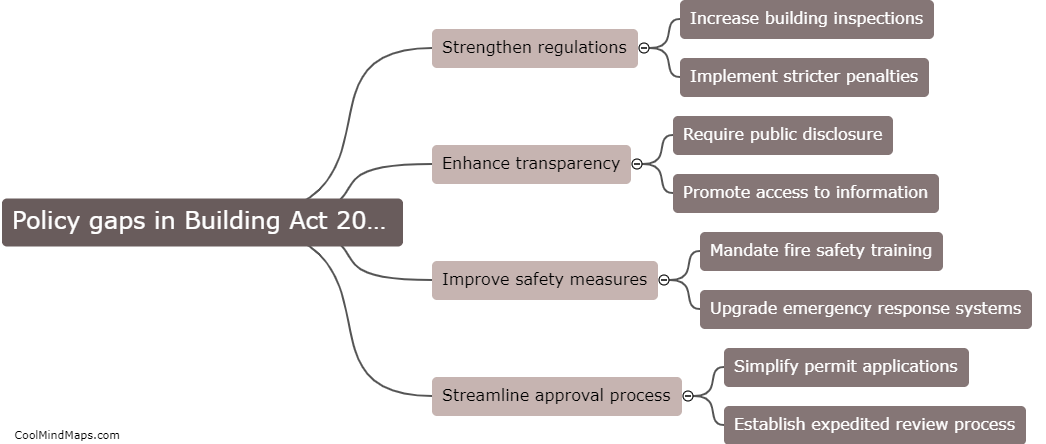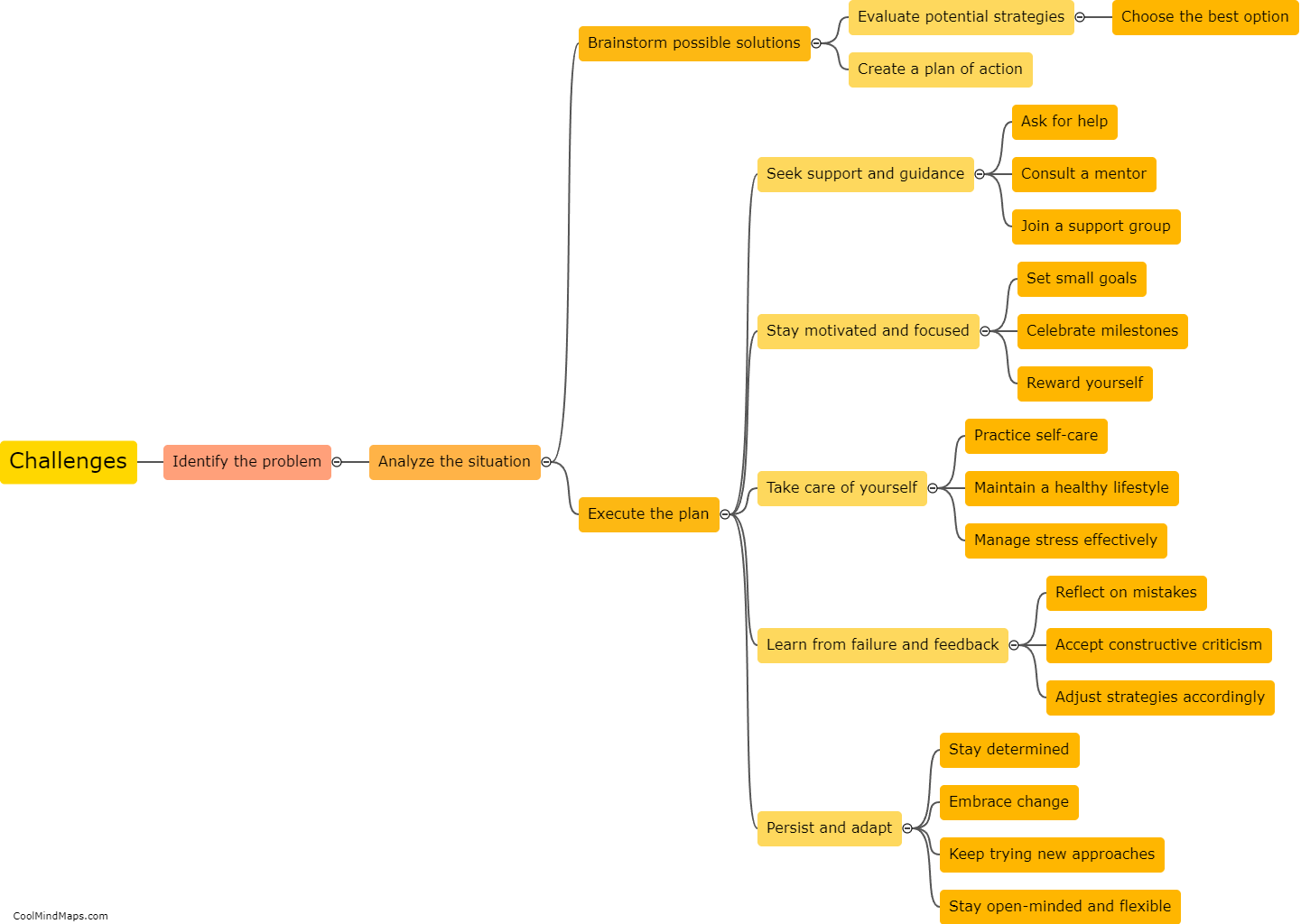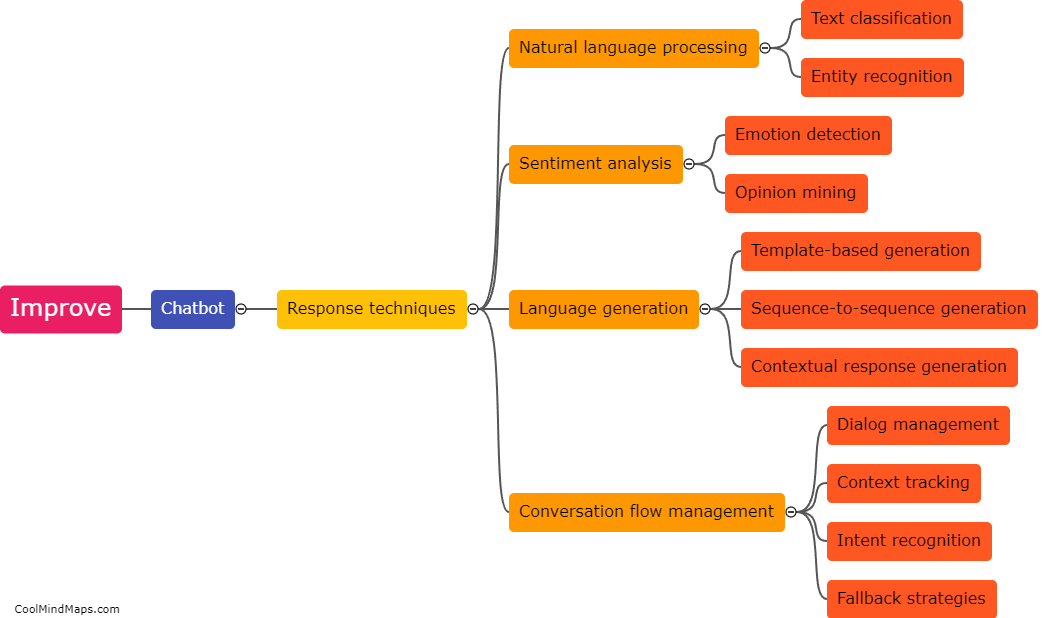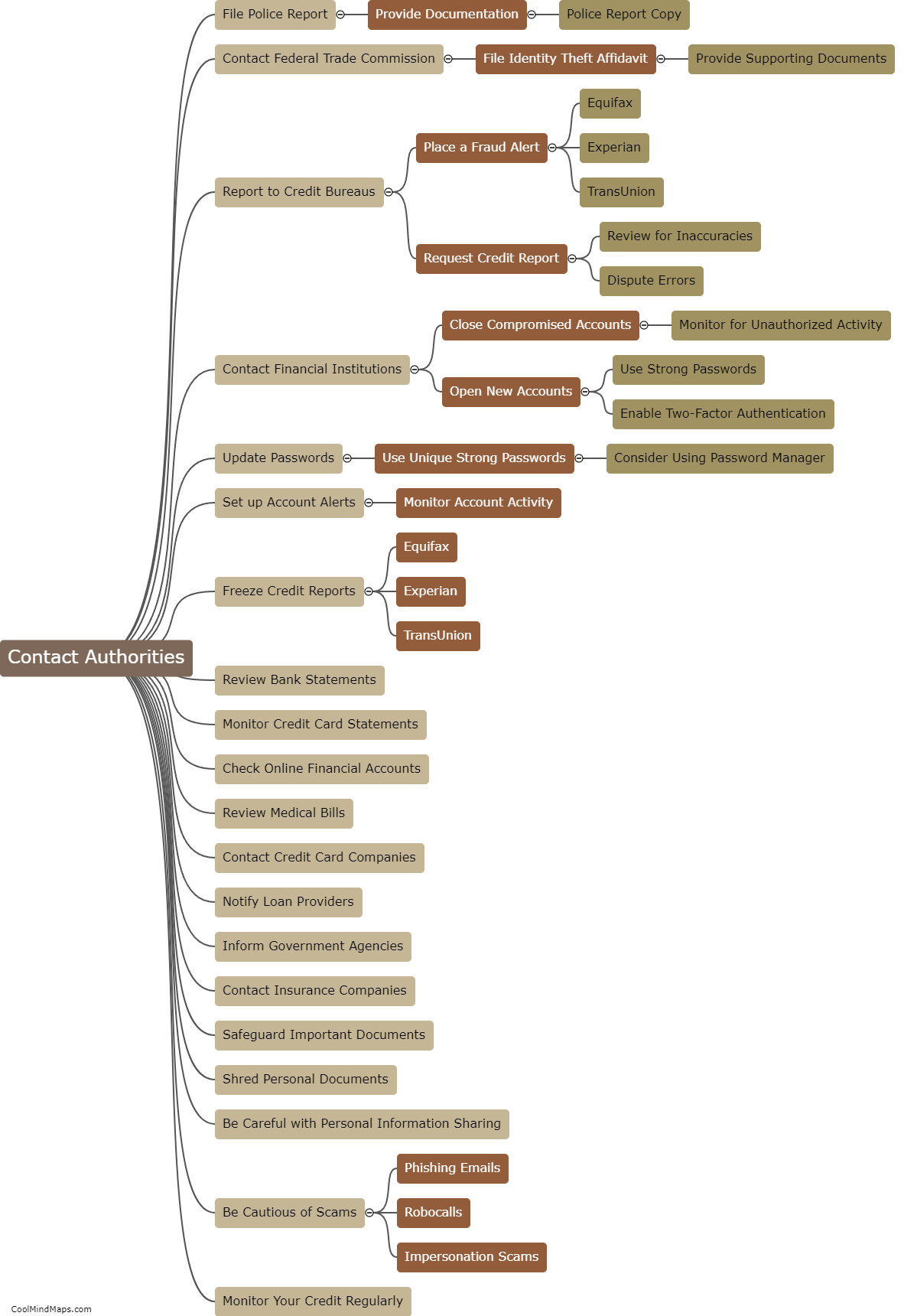What are the different models of cyber warfare?
There are several models of cyber warfare that can be classified based on their objectives and tactics. Firstly, there is the sophisticated nation-state model, where governments deploy highly skilled cyber teams for strategic goals such as intelligence gathering, sabotage, or disruption. This involves extensive planning, reconnaissance, and the use of advanced malware and hacking techniques. On the other hand, there is the hacktivist model, characterized by politically or socially motivated individuals or groups launching cyber attacks to promote their ideological agenda. These attacks are often aimed at defacing websites, leaking sensitive information, or causing disruption. Another model is the criminal model, where cyber attacks are driven by financial motives, such as stealing personal information, executing ransomware attacks, or conducting credit card fraud. Lastly, there is the state-sponsored model, where governments indirectly support or fund cyber attacks conducted by non-state actors to maintain plausible deniability. These models represent the diverse landscape of cyber warfare, each with its own objectives and tactics.

This mind map was published on 9 October 2023 and has been viewed 85 times.











